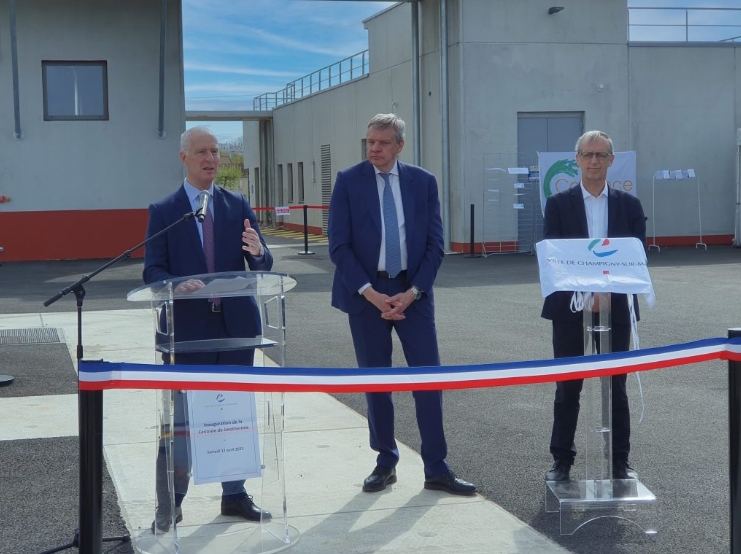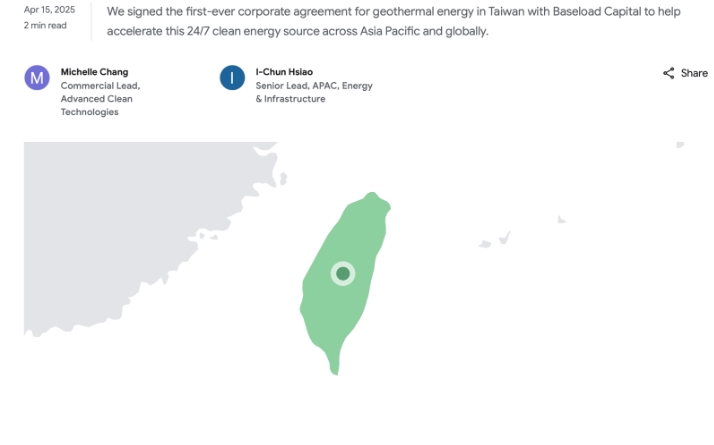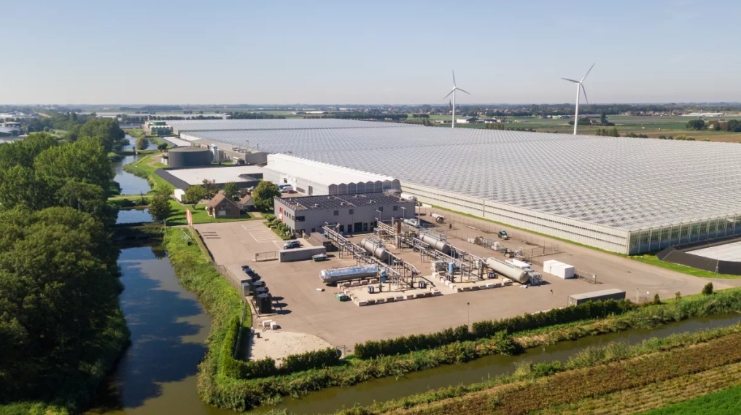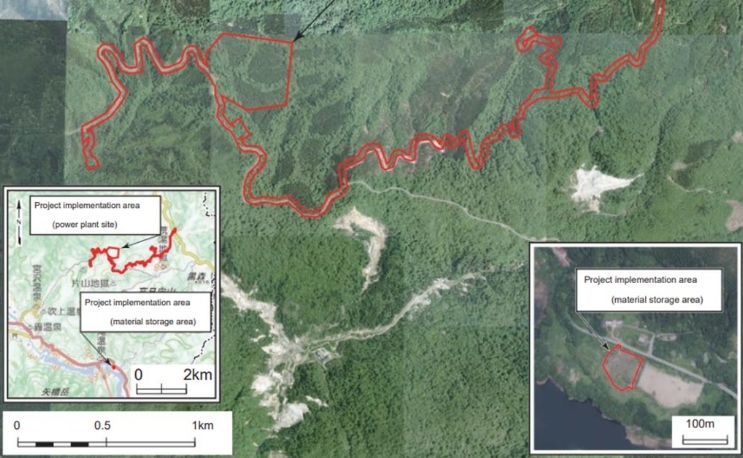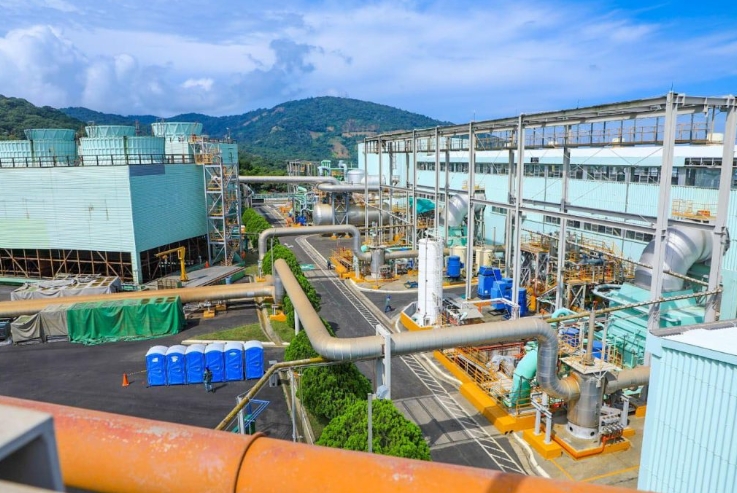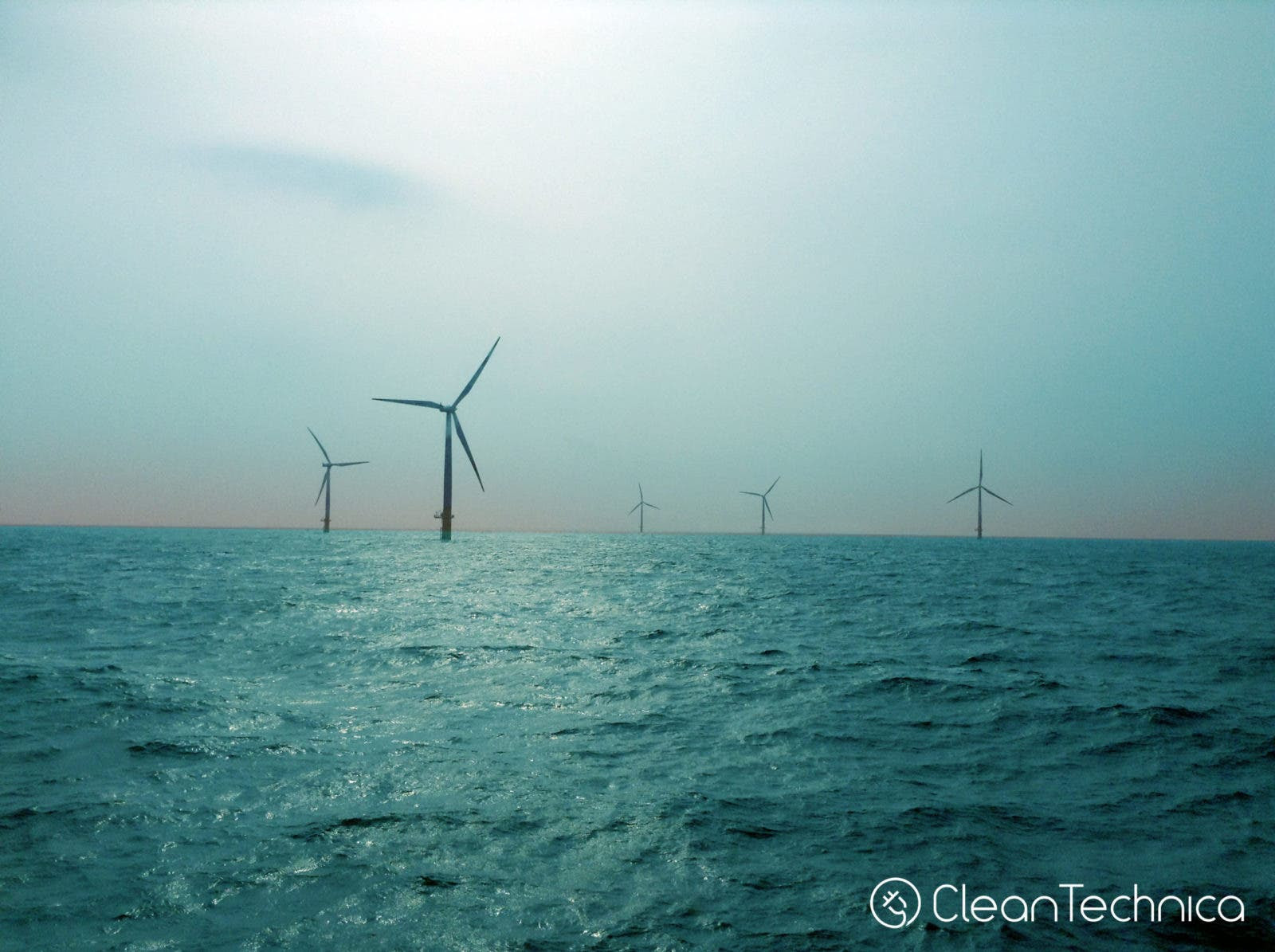 The U.S. has over 4,000 gigawatts of offshore wind capacity, one of the best offshore wind resources in the world, a new report from UC Berkeley, Energy Innovation, and Grid Lab finds. If the correct policy actions are taken in the near term, those resources could account for as much as one quarter of U.S. electricity generation in less than 30 years, employ up to 390,000 people, and generate up to $1.8 trillion in economic development — all without materially impacting electricity costs.
The U.S. has over 4,000 gigawatts of offshore wind capacity, one of the best offshore wind resources in the world, a new report from UC Berkeley, Energy Innovation, and Grid Lab finds. If the correct policy actions are taken in the near term, those resources could account for as much as one quarter of U.S. electricity generation in less than 30 years, employ up to 390,000 people, and generate up to $1.8 trillion in economic development — all without materially impacting electricity costs.Offshore wind resources are also located near some of the country’s most populous regions. “The good news about this offshore wind potential is it is spread out across the country from the East Coast, West Coast to the Gulf, as well as the Great Lakes region,” UC Berkeley senior scientist Nikit Abhyankar said in a statement. “This will be a critical resource to diversify our clean energy supply.” The Biden administration has set goals of generating 30GW of traditional offshore wind by 2030 and 15 GW of floating offshore wind generation by 2035. (The Verge, Recharge News, Riviera, KCBX, reNEWS, Staten Island Live, EnergyPortal.eu, California Examiner)
Extreme weather fueled by climate change is making the investments crucial to cutting climate pollution more expensive — sometimes prohibitively — to insure, Bloomberg reports. From solar panel-pummeling baseball-size hail to flooding, wildfires, and other disasters, extreme weather has “become a giant risk for the financing of these projects,” Jason Kaminsky, head of solar data and climate insurance provider kWh Analytics, told Bloomberg. “Anything that increases costs could slow down the deployment of renewable power needed for the energy transition.”
The cruel summer irony of solar energy potential being stifled by hail is especially costly. “A lot of areas that are ripe for solar energy are vulnerable to hail,” Lou Gritzo, chief science officer of FM Global (whose employees get paid to shoot ice out of a cannon at solar panels), told Bloomberg. The insurance industry is abandoning markets across the country, leaving customers even more vulnerable to climate impacts, while also insuring and investing in the fossil fuel extraction causing the climate crisis.
